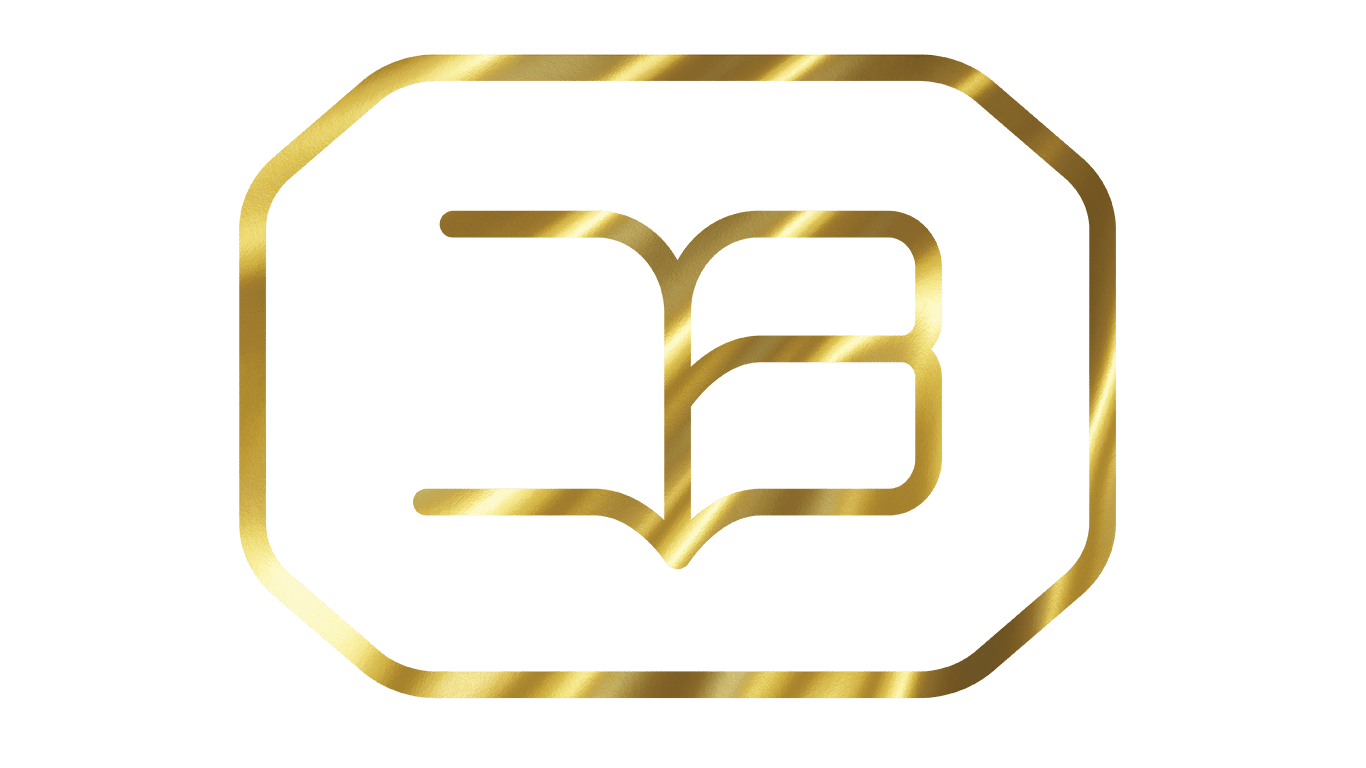צרו איתנו קשר!
מתמטיקה מציאותית
חלק א
Realistic Mathematics (Part I)
(Part I)
About The Course
על הקורס
מסע אל הבסיס המתמטי של המציאות (חלק ראשון)
נפתח את הקורס בהגדרה מעמיקה של מהי בכלל מתמטיקה, ונבדיל אותה ממדעי הניסוי ומדידה. נסקור את מטרותיה ותחומי העיסוק שלה, ונבחין בין השימוש במתמטיקה ככלי לתיאור כמותי וחישובי לבין החקירה הפורמלית שלה. נבהיר מה גדר ידע "מתמטי" כשם שהוא, וכיצד מתמטיקאים יוצרים ידע חדש דרך הוכחות לוגיות המבוססות על טיעונים נכונים, ויצירת קשר הגיוני בין היגדים שונים. נגדיר מושגים יסודיים כגון משפט, טענה, הוכחה, הנחה ומסקנה ונראה את כללי הניסוח וההיסק הלוגי הנכון. נתבונן בדוגמאות קונקרטיות להוכחות מתמטיות, תוך ניתוח צעד אחר צעד של אופן הבנייה שלהן.
לאחר מכן נגדיר באופן אקסיומטי את מושג המספר – כלומר, הנחות יסוד אודות תכונותיהם ומאפייניהם של מספרים, מבלי להגדיר "מהו מספר". נבחן סוגים שונים של מספרים ונגדיר את הקבוצות שלהם באופן פורמלי ומדויק – החל ממספרים טבעיים ושלמים, וכלה במספרים רציונליים, אירציונליים וממשיים. נבדוק את היחסים בין קבוצות המספרים השונות, לאחר מכן נמשיך ונעסוק במושגים הבסיסיים של הגאומטריה האיקלידית העוסקת במאפיינים ובתכונות של נקודות, קווים, מישורים וצורות גאומטריות על המישור ובמרחב. נגדיר באופן פורמלי ואקסיומטי את המישור ונסקור היגדים ומשפטים גאומטריים פשוטים כגון משפטי קונגרואנטיות ודמיון משולשים. נציג הוכחות נרחבות למשפטים מפורסמים כגון משפט פיתגורס (Pythagoras' theorem) והוכחת אי-רציונליות של שורש 2, תוך הפעלת שיטות אלגבריות.
לאחר מכן נבחן מהן אקסיומות – ההיגדים שנלקחים כ"ברורים מאליהם" ומהווים בסיס להוכחות מתמטיות רבות. נבדוק דוגמאות לאקסיומטיזציה של תחומים, כלומר הגדרת מערכת אקסיומות עקבית שתגדיר באופן בסיסי ביותר את כללי התחום ותשמש כרקע להוכחת כל יתר הטענות.
נמשיך לרעיון של שדה – אוסף של אובייקטים שעליו מוגדרות פעולות חיבור וכפל המקיימים "היגיון מתמטי". נציג דוגמאות מוכרות כמו המספרים הממשיים ונסקור גם שדות לא סטנדרטיים בהם חוקי הפעולות שונים מאלו אליהם אנו רגילים. נעמיק גם בחשבון מודולרי – מעין "חשבון בשאריות", ונבין עקרון לוחות החיבור והכפל המודולרי. נראה כיצד הפעלת פעולות בשדות שונים יכולה להוביל לתוצאות מפתיעות.
נמשיך לניתוח בעיות גאומטריות בסיסיות כגון בעיית העקום והנקודה – כיצד לקבוע האם נתון נקודה מסוימת על עקום נתון או מחוצה לו. נציג אסטרטגיות שונות לפתרון בעיות אלו ונראה כיצד הם יכולים להוות בסיס לבניית הוכחות מתמטיות מורכבות יותר.
לסיום נציג דוגמאות לחידות לוגיות מאתגרות כגון חידות דיופנטוס (Diophantus). ננתח ונפתור אותן בכלים מתמטיים טהורים, והן תשמשנה דוגמה ליישום החשיבה המתמטית בבעיות שלכאורה אינן נראות "מתמטיות".
* הקורס יותאם לרמת כל שכבת גיל.
Journey into the Mathematical Foundation of Reality (Part One)
We begin the course with an in-depth definition of mathematics, distinguishing it from experimental and measurement sciences. We'll review its objectives and fields of study, differentiating between the use of mathematics as a tool for quantitative description and calculation, and its formal investigation. We'll clarify what constitutes "mathematical" knowledge per se, and how mathematicians create new knowledge through logical proofs based on valid arguments and establishing rational connections between different statements. We'll define fundamental concepts such as theorem, proposition, proof, assumption, and conclusion, and demonstrate the rules of proper logical formulation and inference. We'll examine concrete examples of mathematical proofs, analyzing step-by-step their construction method.
Subsequently, we'll axiomatically define the concept of number – that is, fundamental assumptions about the properties and characteristics of numbers, without defining "what a number is". We'll examine different types of numbers and formally and precisely define their sets – from natural and integer numbers to rational, irrational, and real numbers. We'll investigate the relationships between different number sets, then proceed to explore the basic concepts of Euclidean geometry, dealing with the characteristics and properties of points, lines, planes, and geometric shapes on the plane and in space. We'll formally and axiomatically define the plane and review simple geometric statements and theorems such as congruence and similarity of triangles. We'll present extensive proofs for famous theorems like the Pythagorean theorem and the proof of the irrationality of √2, employing algebraic methods.
Next, we'll examine what axioms are – statements taken as "self-evident" that form the basis for many mathematical proofs. We'll look at examples of axiomatization of fields, i.e., defining a consistent system of axioms that will define in the most basic way the rules of the field and serve as a background for proving all other claims.
We'll continue to the concept of a field – a collection of objects on which addition and multiplication operations are defined that fulfill "mathematical logic". We'll present familiar examples like real numbers and also survey non-standard fields where the laws of operations differ from those we're accustomed to. We'll delve into modular arithmetic – a kind of "remainder arithmetic", and understand the principle of modular addition and multiplication tables. We'll show how applying operations in different fields can lead to surprising results.
We'll proceed to analyze basic geometric problems such as the curve and point problem – how to determine whether a given point is on or outside a given curve. We'll present various strategies for solving these problems and show how they can form the basis for constructing more complex mathematical proofs.
Finally, we'll present examples of challenging logical puzzles such as Diophantine puzzles. We'll analyze and solve them using pure mathematical tools, serving as an example of applying mathematical thinking to problems that may not appear "mathematical" at first glance.
* The course material will be tailored to the age of the learners.






